Mausoleum of Yugoslav Soldiers
This almost a century old piece of architecture had been overlooked by most, except for the drunk and the homeless
When the arms of the world are unleashed, soldiers are often pitted against one another—on the basis of royal and national allegiance alone—even though they share so much culturally and historically. During World War I, Czechs and Serbs fought on the southern front, sometimes against their will. In some cases they refused to fight each other at all, which Czechs choosing to die under the machine gun fire of their German officers.
As the newly found republics of Yugoslavia and Czechoslovakia began to rebuild, this feeling of commonality took shape in architecture, such as the ossuary in Czechoslovakia dedicated to the Yugoslav soldiers that had died in Olomouc’s numerous military hospitals. The building was originally stylized as a neoclassical chapel, with frescoes painted in the Byzantine style covering its insides.
The building’s history reflected the history of the region, seeing glory after it was built and then falling into disrepair as the communist era ground on. (Maybe the Tito-Stalin split had something to do with the unwillingness of the municipal government to invest funds into its renovation.) The 1990s, and the newly independent Czech Republic saw potential in the structure, but action was delayed by the dissolution of Yugoslavia—because who was then to say which of the successor states was invested in the remains interred there?
Meanwhile, the structure has seen visits from drunks and vandals, including the destruction of several coffins and the pilfering of bones. So the ossuary was walled up to protect it, but no subsequent renovation plans were drafted. Only in 2018 did the renovation finally begin, and the building again shines as it did when it was new.
Some may argue that it was more bizarre and wondrous when it was damaged and covered in graffiti, but the newly renovated version mirrors the success of Czechia as a nation, and that seems fitting.
Know Before You Go
The park in which the mausoleum is located is accessible directly from the city center, using the numerous staircases leading down the medieval fortifications or from each side of the park (north and south entrances).

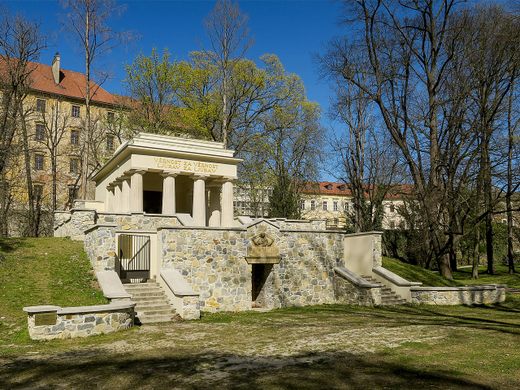
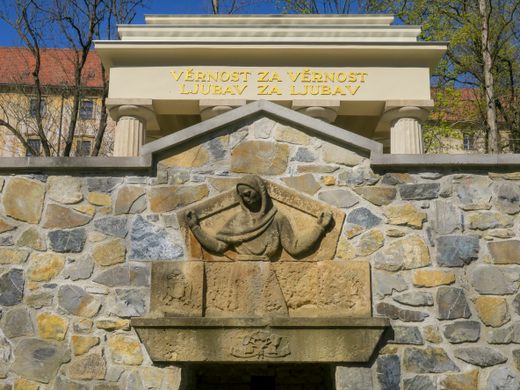
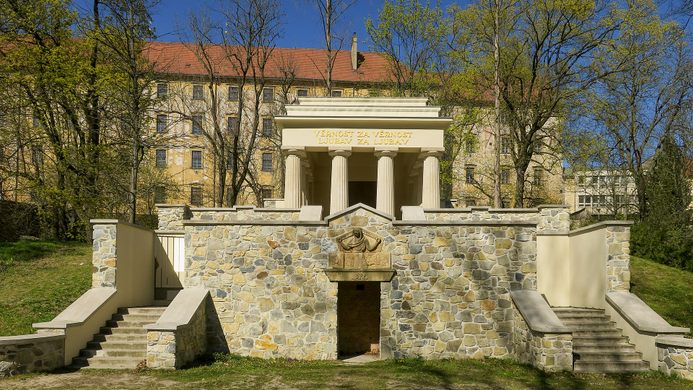




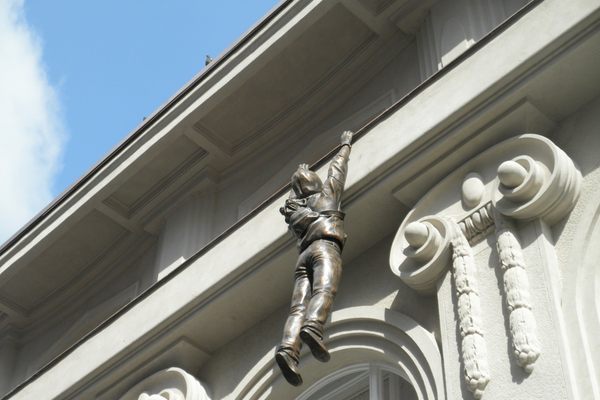
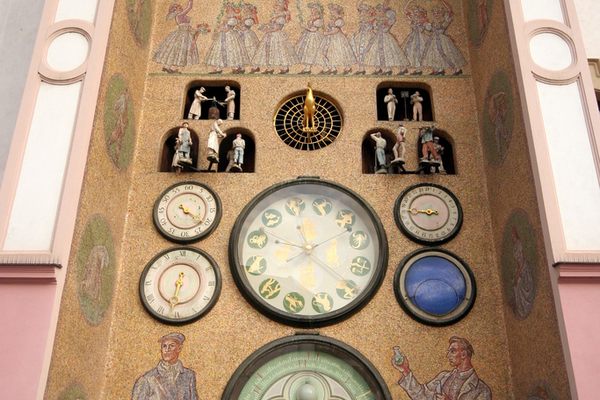



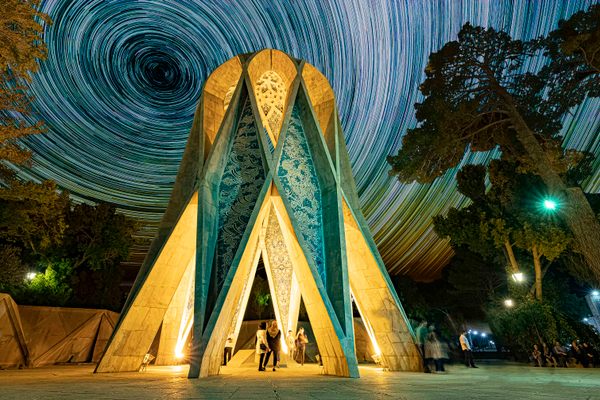

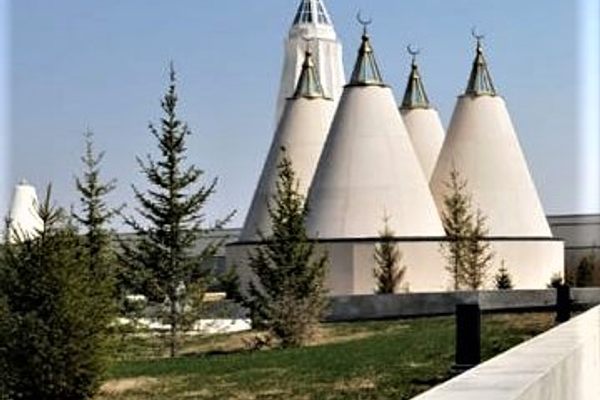

Follow us on Twitter to get the latest on the world's hidden wonders.
Like us on Facebook to get the latest on the world's hidden wonders.
Follow us on Twitter Like us on Facebook